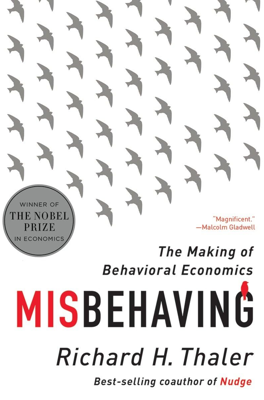Narrow Framing on the Upper East Side
Narrow Framing on the Upper East Side
The Russell Sage Foundation notably supported the growth of behavioral economics, not only through initiatives like the Behavioral Economics Roundtable but also via its program for visiting scholars. In 1991-92, eminent figures such as Colin Camerer, Danny, and Danny's wife, Anne Treisman, joined as visiting scholars. They aimed to recreate previous collaborative successes experienced in Stanford and Vancouver.
The concept of narrow framing was central during this period. Narrow framing, a subset of mental accounting, involves the question of when economic transactions are considered together or separately. The critical inquiry uncovers whether people encounter issues by treating individual decisions independently rather than as part of a portfolio.
Danny Kahneman's work during this time focused on how managerial decision-making often suffers from an interplay of bold forecasts based on the "inside view" (over-optimism about one's project, neglecting statistical norms) and timid choices fostered by an organizational structure that punishes failure heavily—a powerful illustration of loss aversion in practice.
One illustrative scenario involved executives at a media company unwilling to take on moderate-risk projects with potentially high rewards, due to the skewed reward-to-punishment balance within the company. This is a clear example of how narrow framing and the organization’s incentive system adversely affected risk-taking, leading to suboptimal decision making.
Shlomo Benartzi, a Ph.D. student at Cornell, became a significant collaborator during this time, exploring the equity premium puzzle with Thaler. This puzzle asks why people excessively favor bonds over stocks despite the higher long-term returns of stocks. They concluded that excessive focus on short-term portfolio evaluations, a factor of narrow framing, leads investors to shy away from the higher volatility of stocks, despite their better long-term performance.
This principle was further demonstrated through experiments involving the frequency of portfolio evaluations. Less frequent evaluations led to a higher willingness to invest in riskier assets because short-term losses were less visible, reducing myopic loss aversion.
Additionally, the behavior of taxi drivers in terms of operational decisions was explored. Many drivers set a daily income target and ceased working once the target was reached, regardless of whether it was an economically optimal day to continue (e.g., high demand and higher potential earnings). This behavior showcased how narrow framing could lead to economically irrational decisions, as drivers ignored the potential benefits of continuing to work on more lucrative days.
Through these diverse explorations and real-world applications, the issue of narrow framing was highlighted as a significant factor not only in theoretical economic models but also in everyday decision-making processes, illustrating the practical impacts of behavioral economics insights on understanding and improving economic behaviors.
